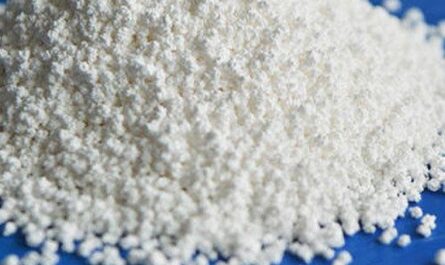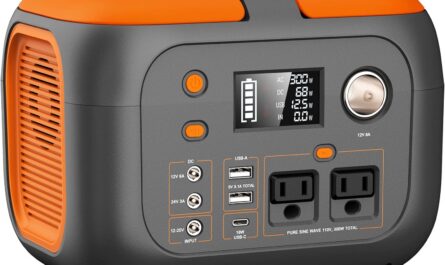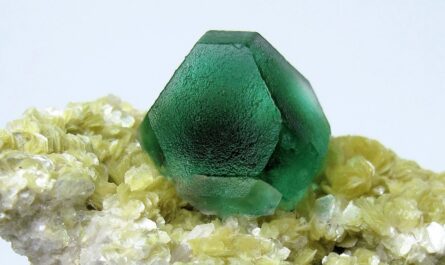Cross linked polyethylene (XLPE) is a widely used form of polyethylene that has excellent resistance to heat and chemicals. It is created by adding cross linking chemicals during the manufacturing of polyethylene which forms bonds between polymer chains. This process turns normally soft and flexible polyethylene into a material with enhanced properties making it suitable for many applications. In this article, we will explore the manufacturing process of XLPE, its properties and growing applications.
Manufacturing of XLPE
The manufacturing of XLPE starts with the polymerization of ethylene monomers to produce polyethylene. High density polyethylene (HDPE) or low density polyethylene (LDPE) is often used as the base polymer. Peroxide compounds such as dicumyl peroxide or triallyl isocyanurate are added as cross linking agents. The mixture is then exposed to heat which activates the peroxide and promotes cross linking between polymer chains.
The degree of cross linking can be controlled to obtain the desired material properties. Higher cross linking results in a more dense structure with better thermal and chemical resistance but lower flexibility. During manufacturing, tests are conducted to ensure an even distribution of cross links throughout the material. Quality control is important to guarantee consistency in mechanical properties across production batches.
Properties of XLPE
The introduction of cross links greatly enhances the properties of standard Cross linked polyethylene. Some key attributes of XLPE include:
– Heat resistance: The cross linked structure increases the melting point of polyethylene from around 120°C to 150-160°C. This makes it suitable for applications involving higher temperatures.
– Chemical resistance: Cross linking improves resistance to a wide range of acids, alkalis, salts and organic solvents that can degrade polyethylene.
– Mechanical strength: Properties like tensile strength, compression strength and impact resistance are enhanced compared to linear polyethylene polymers.
– Stress cracking resistance: Cross links prevent stress cracks from propagating when the material is under load for extended periods.
– Electrical insulation: XLPE has excellent dielectric properties and is widely used as an insulation material in power cables.
Growing applications of XLPE
Leveraging its versatile properties, XLPE finds applications across many industries including energy, transportation, infrastructure and more. Some major application areas are:
Power cables: As mentioned earlier, it is the insulation material of choice for high voltage underground and submarine power cables due to its outstanding dielectric and thermal characteristics.
Pipes: Used in manufacturing pipes for transportation of water, sewage, gas and oil in harsh conditions requiring durability and chemical resistance.
Wire and cable jacketing: Provides tough protective sheaths for wires and cables used in automotive, electronics, telecommunication and appliances industries.
Gas pipes: Finds usage in gas transmission and distribution pipelines for natural gas, LPG etc. thanks to its mechanical strength and barrier properties.
Pressure pipes: Manufacture of pressure pipes for transportation of fluids under high pressure. Rating can go up to PN 25.
Geomembranes: Produced as large, very flexible sheets for usage as geomembranes in landfills, reservoir lining and canal lining projects.
3D printing filaments: Emerging as a popular filament material for fused deposition modeling 3D printers due to its printability and strength.




